Expiration Date for PPP Loan Forgiveness Application
On October 13, 2020, the Small Business Administration (“SBA”) published its guidance to frequently asked questions on the Paycheck Protection Program (“PPP”) loan forgiveness application. The current forgiveness applications (long and simplified versions) state in the upper-right corner that the expiration date to file for forgiveness is October 31, 2020. DO NOT FRET!
Per SBA published FAQ guidance, borrowers may submit a loan forgiveness application any time before the maturity date of the loan, which is either two or five years from the loan’s origination date, depending on the agreement. However, the SBA reminds borrowers that loan payments are deferred only until 10 months after the last date of the loan forgiveness Covered Period.[1] At that time, loan payments are no longer deferred, and the borrower must begin making payments. For example, if the borrower’s Covered Period ends on October 30, 2020, then the borrower has until August 30, 2021 to apply for forgiveness before the loan repayment begins.
When a borrower submits its loan forgiveness application within the 10-month Covered Period window but after the deferment period, the question arises as to whether a borrower must make payments on its PPP loan prior to the SBA affirming the forgiveness amount. In short, no. As long as a borrower submits its loan forgiveness application within ten months of the completion of the Covered Period, the borrower is not required to make any payments until the forgiveness amount is provided to the lender by the SBA.
- If the loan is fully forgiven, the borrower is not responsible for any payments.
- If only a portion of the loan is forgiven, or if the forgiveness application is denied, any remaining balance due on the loan must be repaid by the borrower on or before the maturity date of the loan. However, interest accrues during the time between the disbursement of the loan and SBA remittance of the forgiveness amount. The borrower is responsible for paying the accrued interest on any amount of the loan that is not forgiven. The lender is responsible for notifying the borrower of remittance by the SBA of the loan forgiveness amount, and the date on which the borrower’s first payment is due, if applicable.
The SBA’s updated FAQ guidance is also helpful for borrowers who have questions about which payroll and nonpayroll costs may be included for forgiveness, if incurred or paid outside of the covered period.
[1] The Covered Period is either (1) the 24-week (168-day) period beginning on the PPP loan disbursement date, or (2) if the borrower received its PPP loan before June 5, 2020, the borrower may elect to use an eight-week (56-day) Covered Period. For example, if the borrower is using a 24-week Covered Period and received its PPP loan proceeds on Monday, April 20, the first day of the Covered Period is April 20 and the last day of the Covered Period is Sunday, October 4. In no event may the Covered Period extend beyond December 31, 2020.
Sign up for email updates on COVID-19 resources for your organization.

